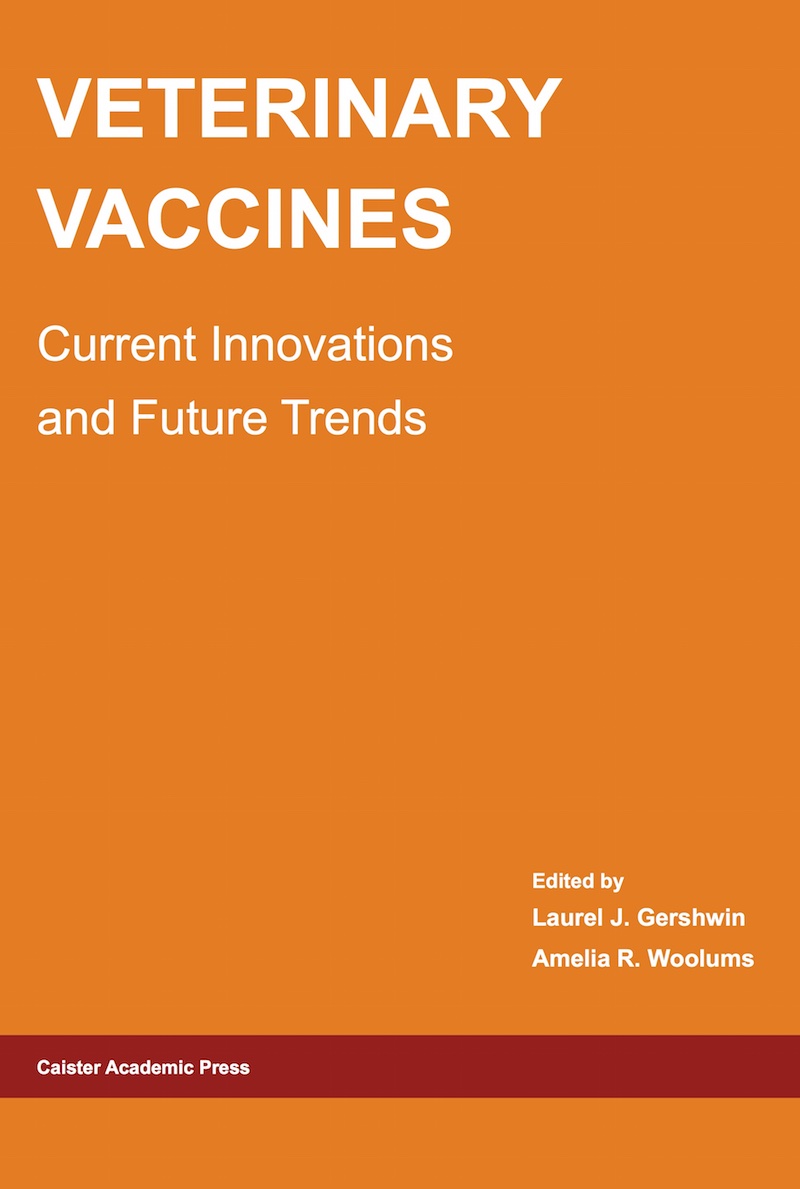The Impact and Molecular Genetics of Bacterial Biofilms
Shuwen An, Yi-Hu Dong, Calvin Boon and Lian-Hui Zhang
from: Environmental Molecular Microbiology (Edited by: Wen-Tso Liu and Janet K. Jansson). Caister Academic Press, U.K. (2010)
Abstract
Many bacteria can grow and live as biofilms, in which single microbial cells individually interconnect with each other through an extracellular matrix. Biofilm-forming bacteria pose severe problems in the environment, industry and health care sector due to increased bacterial survival competence in the environment and the protective nature of biofilms that prevent effective eradication. Technological progress in microscopy, molecular genetics and genome analysis has significantly advanced our understanding of the structural and molecular aspects of biofilms, especially of extensively studied model organisms such as Pseudomonas aeruginosa. Biofilm development can be divided into several key steps including attachment, microcolony formation, biofilm maturation and dispersion; and in each step bacteria may recruit different components and molecules including flagella, type IV pili, DNA and exopolysaccharides. The rapid progress in biofilm research has also unveiled several genetic regulation mechanisms implicated in biofilm regulation such as quorum sensing and the novel secondary messenger cyclic-di-GMP. Understanding the molecular mechanisms of biofilm formation has facilitated the exploration of novel strategies to control bacterial biofilms read more ...



